In cement production, the selection of cooling grate plates directly affects cooling efficiency, equipment lifespan, and production costs....
Luoyang Zhili New Materials, established in 1992, is one of the leading processing centers for wear-resistant materials in the world, providing high-quality service for wear parts in the mining, cement, power plant, steel, coal, and other industries.
Zhili New Materials
In cement production, the selection of cooling grate plates directly affects cooling efficiency, equipment lifespan, and production costs. The working conditions of different production lines vary greatly, and blindly selecting standard models often leads to substandard performance or wasted costs. Scientific selection needs to be based on accurate analysis of the production conditions themselves and the construction of a corresponding model from multiple dimensions.
1. Basic selection based on clinker characteristics
The physical properties of the clinker are the main basis for selection. For clinker with a high silicon content (SiO2 content > 22%), its hard particles (Mohs hardness 7) cause extremely severe shear wear on the grate plate; therefore, grate plates with a high-hardness surface treatment should be prioritized. Clinker with a high alumina content (Al₂O₃ content > 6%) tends to form a viscous melt during the cooling process, which presents a high risk of clogging. Long-hole grate plates (length-to-diameter ratio 3:1) should be used, combined with a 30° tilt angle design, which can reduce the frequency of clogging by 70%. The practice of an aluminate cement production line shows that this design extends the cleaning cycle from once a week to once a month. For production lines with large temperature fluctuations (such as frequent rotary kiln starts and stops), the grate plates need to withstand severe thermal shocks. Grates made of gradient materials (surface Cr25Ni20 + inner Cr18Ni9) should be selected. Their service life under thermal fatigue can reach 800 cycles, which is more than 2 times greater than that of a single material.
2. Balance between production capacity and cooling efficiency
The scale of production capacity determines the ventilation efficiency requirements of the grate plate. When the production line capacity is greater than 5000 t/d, a high opening rate design (opening rate > 35%) should be selected, such as a square hole grate plate (hole spacing 1.5 times the hole diameter) to provide a larger ventilation area. Small and medium-sized production lines (<2000t/d) pay more attention to cost control and can choose more economical twill mesh composite grate plates. Under the premise of ensuring basic cooling efficiency, the acquisition cost can be reduced by 30%. However, it is important to emphasize that its wear resistance is limited and it is indicated for working conditions with low clinker hardness. The type of cooler also needs to be compatible: push-type grate coolers need to use a combined movable/fixed grate plate (30% to 50% mobility), while walk-in type grate coolers require a special integral grate plate, whose resistance must be increased by 50% compared to common types to withstand the impact of walking.
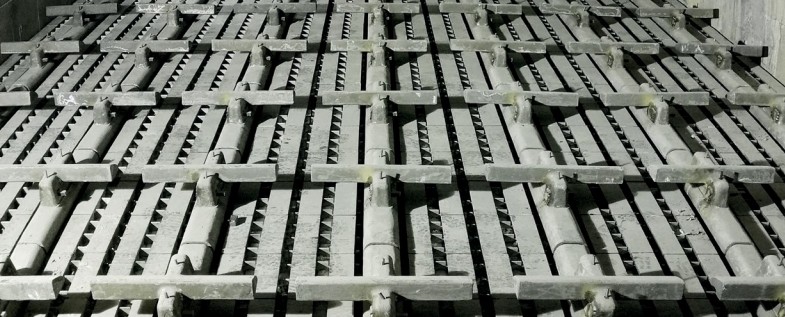
3. Precise Matching of the Temperature Field Distribution
The temperature differences in different areas of the grid cooler require a differentiated selection. The high-temperature section (inlet area, temperature 1000-1400℃) should be made of ZG40Cr25Ni20 material, whose Cr₂O₃ oxide film can still maintain density (porosity <1%) at 1150℃. The medium-temperature section (intermediate zone, 600-1000℃) is suitable for ZG30Cr26Ni5 material. The added 0.1% N element forms a Cr₂N reinforcing phase, which maintains the yield strength at 650℃ above 350MPa. In one case, the service life of grate plates made of this material in the medium temperature zone is 30% longer than that of ZG35Cr24Ni7SiN, and the cost is reduced by 20%. In the low temperature section (exit area, <600℃), wear-dominated failure can be caused by ZG30Cr18Mn12Si2N, which has 40% more wear resistance than heat-resistant steel. In a limestone cement production line, the replacement period reaches 18 months.
4. Collaborative adaptation of device parameters
The selection of the grate plate must correspond to the parameters of the grate cooler ventilation system. When the fan pressure is greater than 8 kPa, the compressive strength of the grate plate should be ≥ 400 MPa, and the use of an “I”-shaped reinforcement structure is recommended. For moving grid plates, their frequency of movement (generally 3-5 times/min) determines the selection of the sealing structure. For high-frequency movement scenarios, stepped seals + fluorinated rubber strips should be used to control the leakage rate below 0.5%, while common flat seals can be used in low-frequency scenarios to reduce costs. The width of the grid also affects the selection: wide grids (>4m) need to adopt a modular design, and the weight of a single grid plate is controlled within 50 kg for easy replacement; narrow grid beds (<2.5 m) can use integrated grid plates to reduce leakage problems caused by splice gaps.
The correct selection of grid sheet is not a simple matching of parameters, but a systematic design based on a deep understanding of the "personality" of the production line itself. Only by converting operational condition data into quantifiable selection indicators and combining them with a complete life-cycle cost analysis can we find a solution that meets performance requirements and is economically reasonable. It is recommended to establish a grid usage database to record the actual performance of different models, accumulate experience data for subsequent selection, and form a virtuous cycle of continuous optimization.

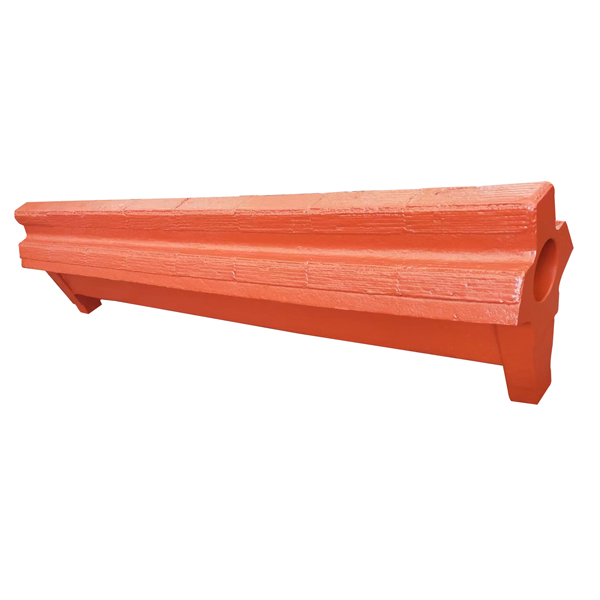
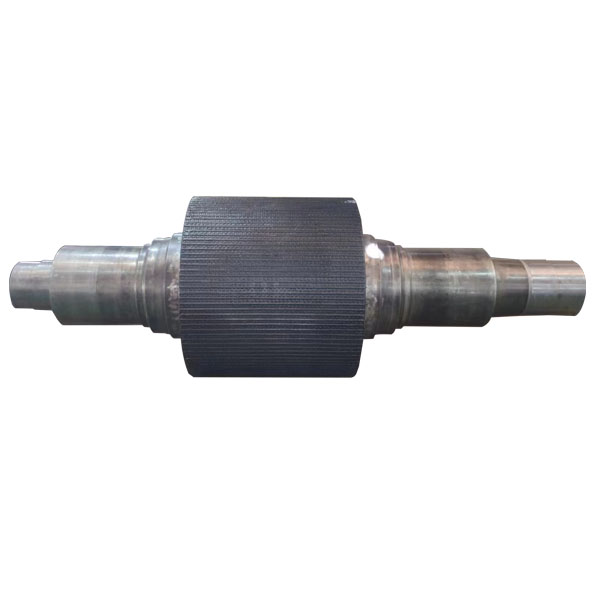
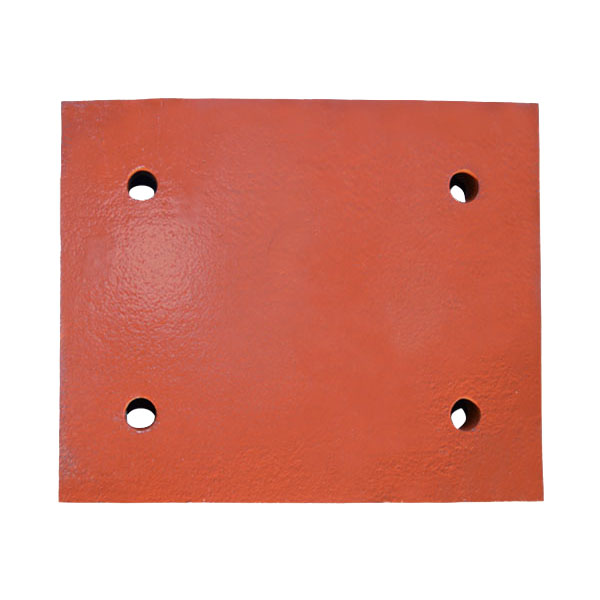
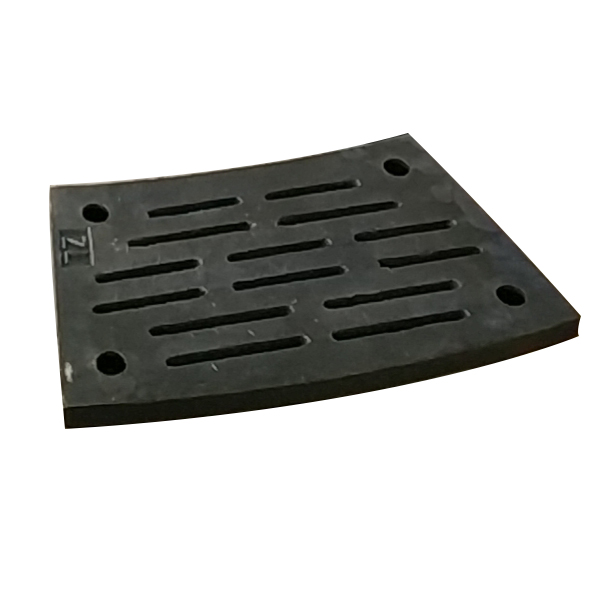


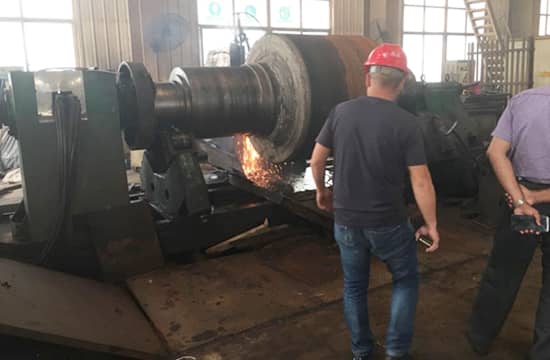
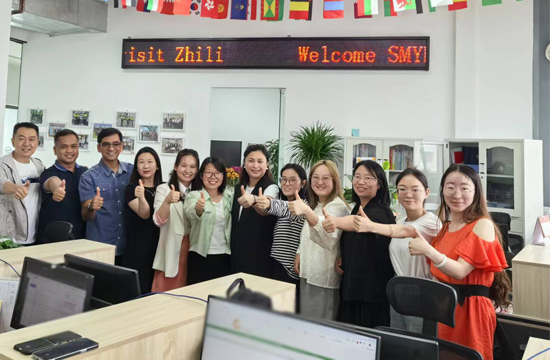

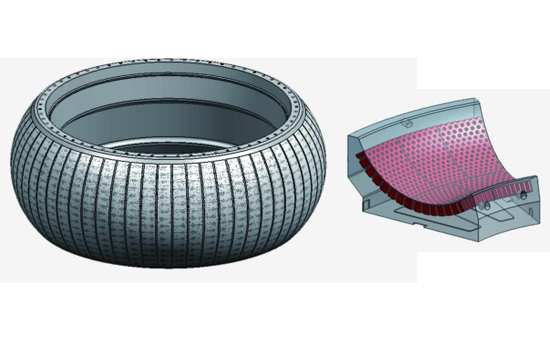

Related articles
Stability is obviously much better. Most importantly, the operating rate of the roller press has been improved and maintenanc...
The manufacturing process of the wear-resistant tubular wire coating roller directly affects the wear resistance, bond streng...
We supply spare parts for hammer crushers, jaw crushers, cone crushers, impact crushers, and vertical mills. As an industry-l...
As a leading supplier of wear parts for crushers, our company has over 30 years of experience in R&D and production and c...
Wear-resistant ceramic metal composite material is a type of casting infiltration technology used to evenly distribute cermet...
Zhili New Materials Company primarily manufactures crusher accessories, such as hammer heads, impact bars, rotors, liners, an...